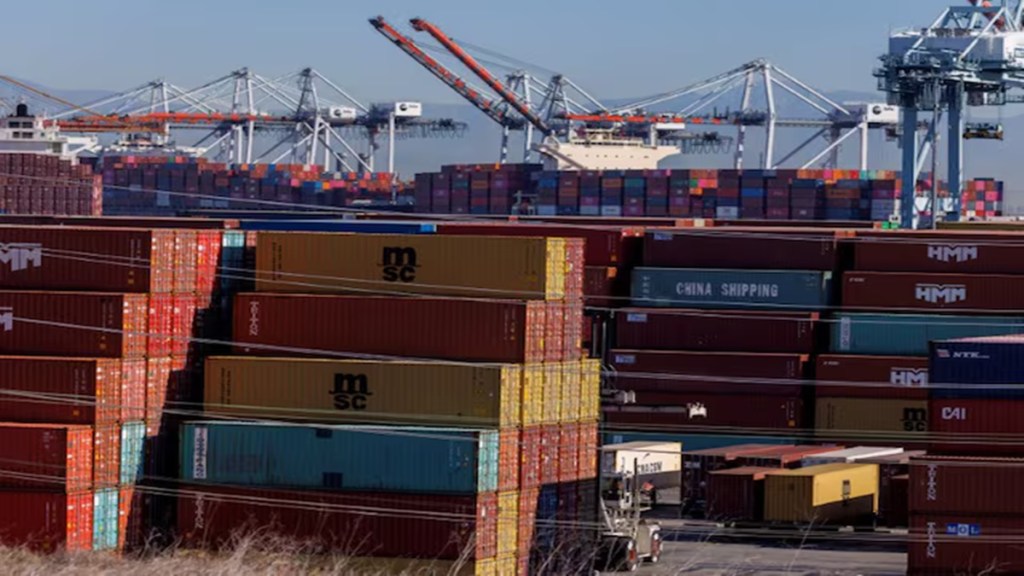The Central Board of Indirect Taxes and Customs has notified Customs Manual 2025. This iteration incorporates all changes in Customs procedures, including automated processes, introduced till February 1, explain Saurabh Agarwal and Vimal Pruthi, making it a reference tool for trading houses.
What is the new Customs Manual, and why has it been issued?
The customs manual is a comprehensive reference document issued by the Central Board of Indirect Taxes and Customs (CBIC), providing clear and concise explanations of various customs procedures and processes. It includes almost all areas of Customs including Customs classification, valuation, warehousing, export promotion schemes, authorised economic operator (AEO), Customs (Administration of Rules of Origin under Trade Agreements Rules, 2020 (CAROTAR), etc. While issuing a Customs manual is not a new concept, it undergoes periodic revisions and updates in order to incorporate various developments in this space. The previous edition was updated till December 31, 2022 and now the latest edition incorporates all the changes until February 1, 2025. This manual serves as a valuable resource, particularly for those new to Customs or those seeking a quick overview of key topics in the field.
How will the new manual impact importers and exporters?
The previous version of the manual had not been updated to reflect the changes introduced since 2023, which could have led to confusion or misinformation for businesses and importers or exporters relying on it. With the release of the updated Customs Manual, businesses can now refer to an accurate and up-to-date resource, ensuring their cross-border trades are in line with the latest Customs procedures and regulations without the risk of any misunderstandings.
However, it is suggested that trade and industry should analyse the legal provisions in detail before implementing any provision of Customs Act in business operations and should not rely only on content mentioned in this manual.
What are the major changes?
The first objective of Customs Manual 2025 is to update the existing 35 chapters covered in Customs Manual, 2023. A new chapter on “Faceless Assessment” has been added, reflecting the growing emphasis on digitisation within Customs operations. Over the past few years, significant steps have been taken to enhance automation and streamline processes and have now been incorporated in the latest edition of the Customs Manual. These updates include:
Electronic Cash Ledger (ECL) introduced in April 2023, to deposit an advance for Customs duty payment. The ECL facility is used for payment of all Customs duties.
Exchange Rate Automation Module (ERAM) introduced in July 2024, automating the publication of exchange rates for specified currencies on the Indian Customs Electronic Gateway (ICEGATE) twice a month for importers and exporters. ICEGATE is the national portal of Indian Customs of the CBIC that provides e-filing services to trade, cargo carriers and other trading partners electronically.
Voluntary/Self-Initiated Payment (SIP) module introduced in December 2024 on ICEGATE, effective from January 1, 2025, allows businesses to make online payments for 26 specific customs-related transactions, replacing the TR-6 manual payment system. The SIP facility is accessible to registered users for payments related to past imports/ exports, excluding live consignment clearance duties.
This demonstrates the ongoing modernisation of Customs procedures to improve efficiency and transparency.
Where can one find more guidance
The customs manual is intended as a reference for trade and industry, providing an overview and helping to simplify complex topics. However, it shouldn’t be relied on as the primary source of information. Stakeholders should always rely on the Customs Act, rules, regulations, notifications, public notices, and circulars issued by the CBIC, all available at https://taxinformation. cbic.gov.in. While the manual offers useful insights, the law takes precedence, and any differences between the manual and the law should be addressed by referring directly to the legal provisions. Customs Manual 2025 itself advises at the end that no one should act on this manual without appropriate professional advice.
How can firms align with the new guidelines?
This is not a new set of guidelines but an updated version of the Customs Manual, incorporating all changes made between January 2023 and February 2025. No new legal change have been introduced through this manual. The manual has simply been revised to reflect the latest updates. New professionals entering the Customs field can use it to familiarise themselves with the revised processes and regulations. Customs and trade compliance professionals can also refer to Customs Manual 2025 in relation to the topics covered in the 36 chapters.
The writers are tax partners at EY India.
Disclaimer: Views expressed are personal and do not reflect the official position or policy of FinancialExpress.com. Reproducing this content without permission is prohibited.

